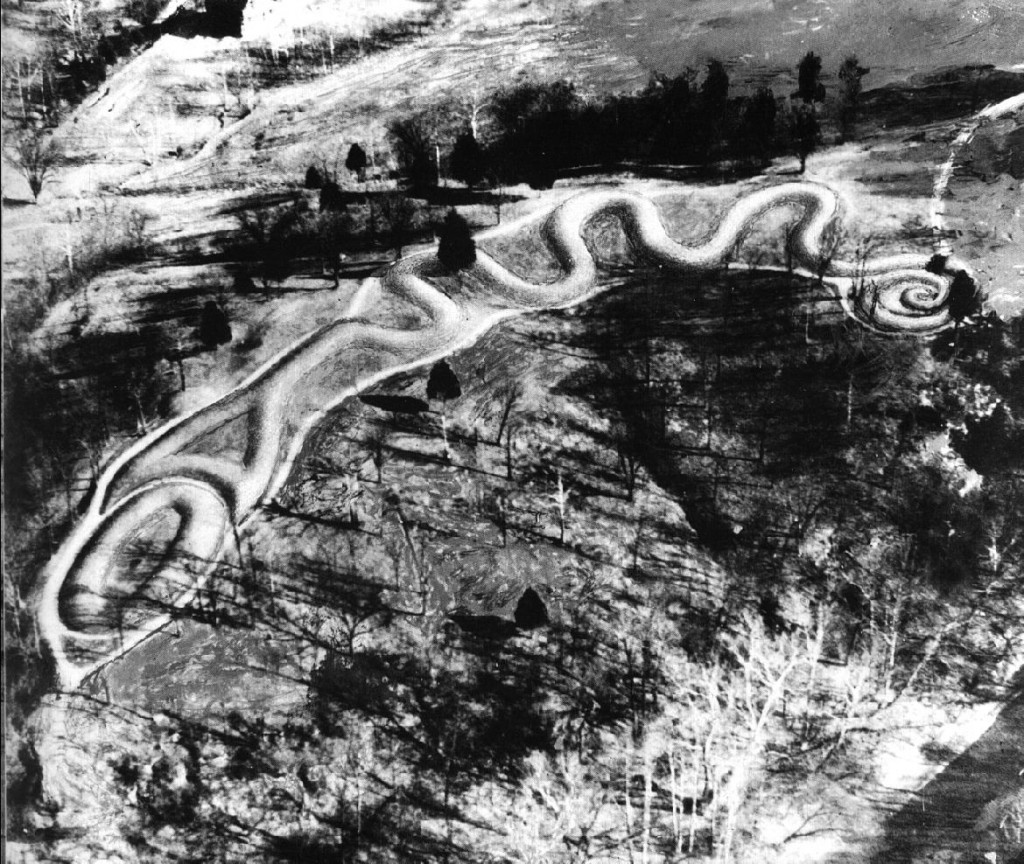
411-meter long Great Serpent Mound in Ohio is the world’s longest effigy monument. Archaeological investigations have yielded conflicting results about its initial construction date, and various theories regarding its meaning have failed to gain traction. But a Revised Venus Theory–one that modifies Immanuel Velikovsky’s theory that the planet Venus was originally a comet that approached the Earth and caused great devastation–neatly matches key characteristics of the Great Serpent Mound.
Recently, this Revised Venus Theory has gained additional credibility from a commonsensical explanation of how a comet-like Venus could have seemed to emerge from Jupiter as in ancient Hindu and Greek myths (Jupiter’s gravity pulled it from the outer solar system), including a simple, obvious reinterpretation of the Metis myth. Much new evidence has also emerged. And the theory has found powerful substantiation from a reinterpretation of the headdress of Queen Nefertari of Egypt, consort of Pharaoh Ramses II, in this image from Abu Simbel (Ramses II’s headdress appears to contain Mars with two moons and a tail, either borrowed from Venus in an encounter or from Martian dust stirred up by an encounter).
Tags: Ancient Egypt, Ancient North America, catastrophe, comet, iconography, planetary science, serpent mound, Velikovsky, venus

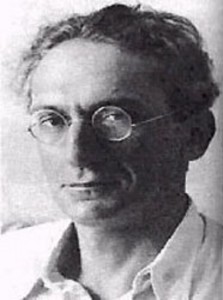
When Venus first appeared in the skies around 2525 BC, ancient peoples worldwide strove to come to terms with this brilliant and awesome new comet-planet (the best account is in Immanuel Velikovsky, Worlds in Collision, though it has been corrected in a Revised Venus Theory). That meant assigning the deity a gender and a name.
In the Near East, they tried both genders. In its masculine incarnation, Venus became the Bull of Heaven (as Velikovsky pointed out, the comet-planet’s body blocked the sun’s rays from the central portion of its tail and thus it was seen as having two horns). In its feminine version, Venus was called Ishtar or Astarte; and in the Levant Astarte was depicted with serpents in her hands—the twin tails of the comet.
In Greece, according to Velikovsky, planet Venus was originally named Athena.
Tags: ancient history, Athena, Bull of Heaven, crete, etymology, Gilgamesh, Greece, Jupiter, Linear B, Master Impression, minoan, Minotaur, Mycenaean, mythology, Phoenicia, planetary science, Poseidon, science, Snake Goddess, Velikovsky, venus
 New evidence and interpretation at the intersection of planetary science and religion can help us better understand the history of the Ancient Near East and of the origins of Islam.
New evidence and interpretation at the intersection of planetary science and religion can help us better understand the history of the Ancient Near East and of the origins of Islam.
A Revised Venus Theory corrects Immanuel Velikovsky’s original theory that the planet Venus first entered the inner solar system as a comet with a bifurcated tail around 1500 BC (new evidence indicates around 2525 BC). Now we have a much better explanation of the origin of Venus (rather than fissioning off of Jupiter, it was pulled from the outer solar system by Jupiter’s gravity and, via tidal heating, became a comet with a long tail). Venus interacted with the Earth on a 52-year cycle during the Late Bronze Age, causing catastrophes worldwide. And we now have a framework theory of the terrestrial planets into which these phenomena neatly fit and for which there is telling evidence. For Comet Venus, there is also newly interpreted, compelling iconographic and linguistic evidence. The names of both Athena (A Fena, the Phoenician) and Poseidon (Bos eidon, the Bull of Heaven), for instance, referred to the double-tailed Venus.
So with new-found confidence that the Ancients and Velikovsky were right about Venus, we can ask how can we use this to decipher aspects of the culture of the Ancient Near East and of the background of Islam.
Tags: Ancient Near East, Ashur, Astarte, Ishtar, Islam, Kaaba, Mohammed, planetary science, Velikovsky, venus
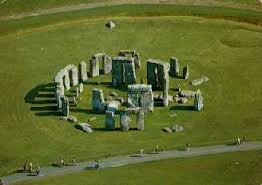 One of the world’s most famous monuments, Stonehenge abounds in mysteries and anomalies.
One of the world’s most famous monuments, Stonehenge abounds in mysteries and anomalies.
Why was Stonehenge built in the first place? Why was it radically transformed shortly before 2500 BC into a masterpiece of megalithic architecture? What explains the intricate, changing patterns of the stones over time? Why the extraordinary effort?
We now have answers to these and other questions, but to get to them we need to set aside preconceptions and come to terms with something that isn’t simple.
Tags: archaeoastronomy, Bronze Age catastrophes, Durrington Walls, eclipses, interpretation of myths, inversions, megalithic, Silbury Hill, Stonehenge, Velikovsky, venus

There are two sides to every story. Judges rightly admonish juries to check out both sides before coming to a conclusion. Our entire system of adversarial justice is built on this principle. But under surveillance by FBI in the 2001 anthrax mailings case, U.S. Army scientist Bruce Ivins committed suicide. So only one side got to tell its version of the story.
Upon closing the case on February 19, 2010, FBI issued an Amerithrax Investigative Summary that concludes that Ivins was the anthrax mailer. The Summary contains serious errors as well as minor ones. It also omits crucial information. So, to ensure a fair outcome, we need to look at it through the eyes of a defense attorney, to make sure that the American people can check out both sides of the story before coming to a conclusion.
Tags: al Qaeda, anthrax mailings, biodefense, Bruce Ivins, FBI, Jdey, terrorism
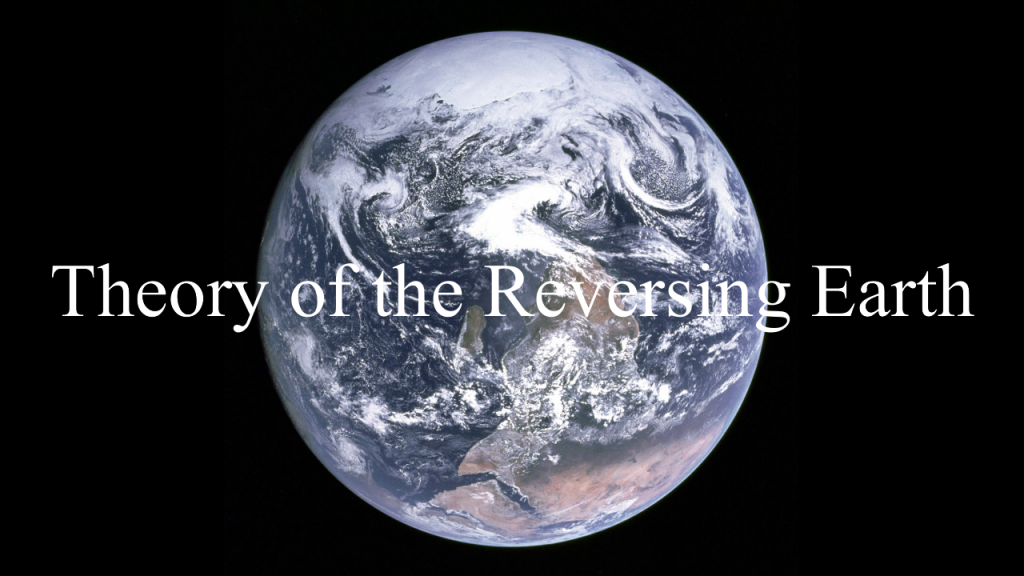 The Theory of the Reversing Earth was a key component of Immanuel Velikovsky’s Venus theory in which he contended that close passages of Venus caused Earth to topple over four times during the Bronze Age catastrophes. Now we have a Revised Venus Theory that corrects inadequacies of the original theory and provides a cause of the inversions as well as approximate dates (2200, 1628, 1210, and 820 BC), an array of new evidence, and a link to the great mass extinctions of prehistory. Viktoria Nagudi interviews Kenneth J. Dillon of Scientia Press. 9 Likes, 0 Dislikes.
The Theory of the Reversing Earth was a key component of Immanuel Velikovsky’s Venus theory in which he contended that close passages of Venus caused Earth to topple over four times during the Bronze Age catastrophes. Now we have a Revised Venus Theory that corrects inadequacies of the original theory and provides a cause of the inversions as well as approximate dates (2200, 1628, 1210, and 820 BC), an array of new evidence, and a link to the great mass extinctions of prehistory. Viktoria Nagudi interviews Kenneth J. Dillon of Scientia Press. 9 Likes, 0 Dislikes.
Theory of the Reversing Earth
Tags: Archer Yi, Bronze Age catastrophes, Immanuel Velikovsky, Karnak, magnetic reversals, Peter Warlow, Re Horakhty, Venus theory
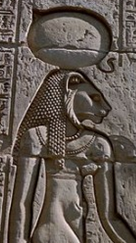 In his Worlds in Collision (New York: Macmillan, 1950), Immanuel Velikovsky argued that Venus emerged as a red-hot comet from Jupiter and passed Earth every 52 years, causing the Bronze Age catastrophes, before settling into its current orbit. His claim set off a controversy in which his theory was rejected and stigmatized. But over the years, new findings have changed the picture. Here are eight new reasons to accept a Revised Venus Theory.
In his Worlds in Collision (New York: Macmillan, 1950), Immanuel Velikovsky argued that Venus emerged as a red-hot comet from Jupiter and passed Earth every 52 years, causing the Bronze Age catastrophes, before settling into its current orbit. His claim set off a controversy in which his theory was rejected and stigmatized. But over the years, new findings have changed the picture. Here are eight new reasons to accept a Revised Venus Theory.
Tags: Archer Yi, Athena, Bronze Age catastrophes, catastrophism, earth science, Immanuel Velikovsky, interpretation of myths, Martian Theory of Mass Extinctions, Metis, Outer Solar System Origin of the Terrestrial Planets, planetary science, Poseidon, Revised Venus Theory, The Knowable Past, Theory of the Reversing Earth, tidal theory of the planets, Worlds in Collision
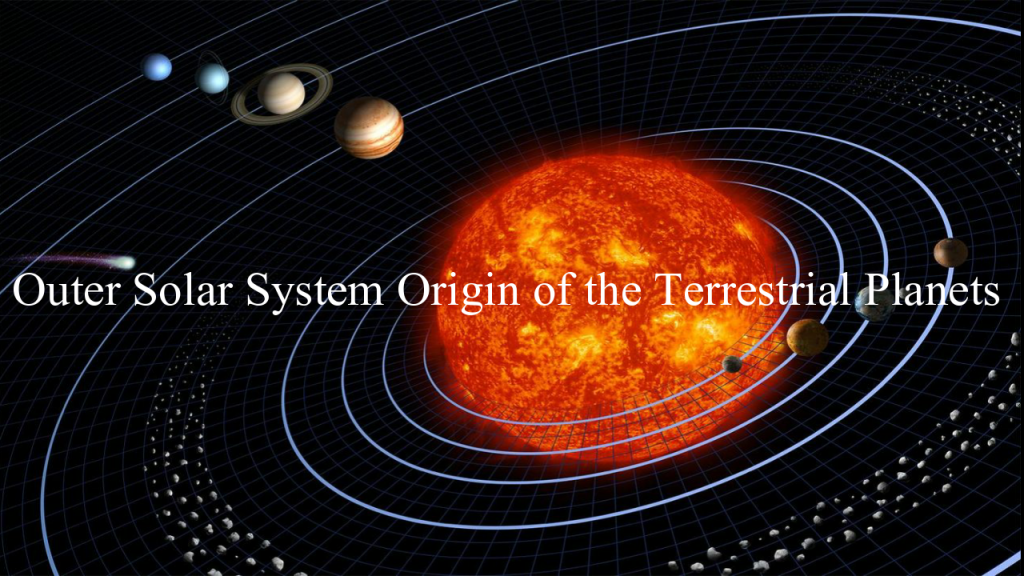
Historian and scientific researcher Kenneth J. Dillon discusses his theory The Outer Solar System Origin of the Terrestrial Planets (OSSO). OSSO explains how Mercury, Earth, the Moon, and Mars originated outside the orbit of Saturn, then were pulled inward by Jupiter’s gravity. Tidal friction heated them to incandescence, then they tidally locked to Jupiter and were separated, moving as comets into their present orbits. See also https://www.scientiapress.com/outer-solar-system-origin.
Outer Solar System Origin of the Terrestrial Planets
Tags: Bronze Age catastrophes, Capture theory, Immanuel Velikovsky, inner solar system, Jupiter, Mars, Mercury, moon, Oceanus Procellarum, planetary science, terrestrial, tidal locking, venus
 The Mediterranean Diet offers healthy, tasty fruits, vegetables, whole grains, nuts, fish, and olive oil while sharply reducing intake of milk products, meat, processed foods, and sweets. It prevents cardiovascular disorders, reduces the incidence of cancer and diabetes, and curbs neurodegenerative processes. Yet, in spite of the pressing need to confront the global obesity epidemic, the MD has received relatively little attention in regard to its potential for weight loss.
The Mediterranean Diet offers healthy, tasty fruits, vegetables, whole grains, nuts, fish, and olive oil while sharply reducing intake of milk products, meat, processed foods, and sweets. It prevents cardiovascular disorders, reduces the incidence of cancer and diabetes, and curbs neurodegenerative processes. Yet, in spite of the pressing need to confront the global obesity epidemic, the MD has received relatively little attention in regard to its potential for weight loss.
Tags: diet, mediterranean diet, nutrition, obesity, weight loss









 The Theory of the Reversing Earth was a key component of Immanuel Velikovsky’s Venus theory in which he contended that close passages of Venus caused Earth to topple over four times during the Bronze Age catastrophes. Now we have a Revised Venus Theory that corrects inadequacies of the original theory and provides a cause of the inversions as well as approximate dates (2200, 1628, 1210, and 820 BC), an array of new evidence, and a link to the great mass extinctions of prehistory. Viktoria Nagudi interviews Kenneth J. Dillon of Scientia Press. 9 Likes, 0 Dislikes.
The Theory of the Reversing Earth was a key component of Immanuel Velikovsky’s Venus theory in which he contended that close passages of Venus caused Earth to topple over four times during the Bronze Age catastrophes. Now we have a Revised Venus Theory that corrects inadequacies of the original theory and provides a cause of the inversions as well as approximate dates (2200, 1628, 1210, and 820 BC), an array of new evidence, and a link to the great mass extinctions of prehistory. Viktoria Nagudi interviews Kenneth J. Dillon of Scientia Press. 9 Likes, 0 Dislikes. In his Worlds in Collision (New York: Macmillan, 1950), Immanuel Velikovsky argued that Venus emerged as a red-hot comet from Jupiter and passed Earth every 52 years, causing the Bronze Age catastrophes, before settling into its current orbit. His claim set off a controversy in which his theory was rejected and stigmatized. But over the years, new findings have changed the picture. Here are eight new reasons to accept a Revised Venus Theory.
In his Worlds in Collision (New York: Macmillan, 1950), Immanuel Velikovsky argued that Venus emerged as a red-hot comet from Jupiter and passed Earth every 52 years, causing the Bronze Age catastrophes, before settling into its current orbit. His claim set off a controversy in which his theory was rejected and stigmatized. But over the years, new findings have changed the picture. Here are eight new reasons to accept a Revised Venus Theory.
